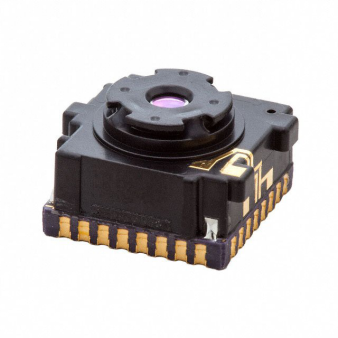What has the development of smart cities brought to the sensor industry?
Human beings entered the 21st century and entered the information age in an all-round way. In a certain sense, they entered the era of sensors. In the modern control system, the sensor is in the position of the interface connecting the object to be tested and the test system, and can directly or indirectly contact the object to be measured, which is the eye of the Internet of Everything, directly affecting and determining the performance of the system.
At present, the Internet of Things, big data, cloud computing technology, and even the realization of various technologies in smart cities, which are highly regarded by the international community, are particularly dependent on sensor technology.
Smart cities drive sensors to form bigger markets
Smart cities are connected in the city, and sensors need to be installed on every object that needs to be identified. Therefore, the upgrading of sensors has become the key to the rapid development of smart cities. In Santander, Spain, buildings and streetlights are filled with 25,000 sensors for measuring light, noise, carbon emissions, temperature, h-umidity and pressure, while roadsides have geomagnetic sensors that monitor roads and parking conditions.
With the vigorous development of smart city construction, the sensor industry will also form a larger market. The Internet of Things and smart city will be the main application market for sensors in the future.
CMOS image sensor suddenly rises
Image Sensors :500-0643-00
In recent years, intelligent video surveillance system has achieved rapid development as one of the main data sources of smart cities. In the field of video surveillance cameras, image sensors, as one of the key factors determining image resolution, will also usher in further development.
In the field of IP surveillance, CMOS has better image performance, lower cost, higher integration, lower power consumption and faster speed than CCD, so it is increasingly used in network cameras. With the development of large-resolution, high-frame rate, low-cost image sensors and the development of technology, CMOS image sensors have become the mainstream of today's image sensor market due to their high integration, excellent performance, and ease of use. .
In addition, the optical sensor market is becoming more and more powerful, and CMOS image sensors will be used more and more in machine vision equipment. Technologies and products such as drones, robots, virtual reality (VR) and augmented reality (AR) will also make the CMOS image sensor market a new life.
Three types of sensors welcome a broad space for development
The development of smart cities, for the sensors that are the core of the IoT perception layer, will be a good time for development in the coming decades, and the development space is broad.
It is foreseeable that special-purpose sensors for special industries and sensors with high precision will have a lot of room for development. In addition, as access control systems in commercial and residential applications are popularizing biometrics, this type of sensor will usher in the spring of development.
Conclusion: With the advent of the new technological revolution, the world has entered the era of information intelligence. In the process of using information, the first thing to be solved is to obtain accurate and reliable information, and the sensor


